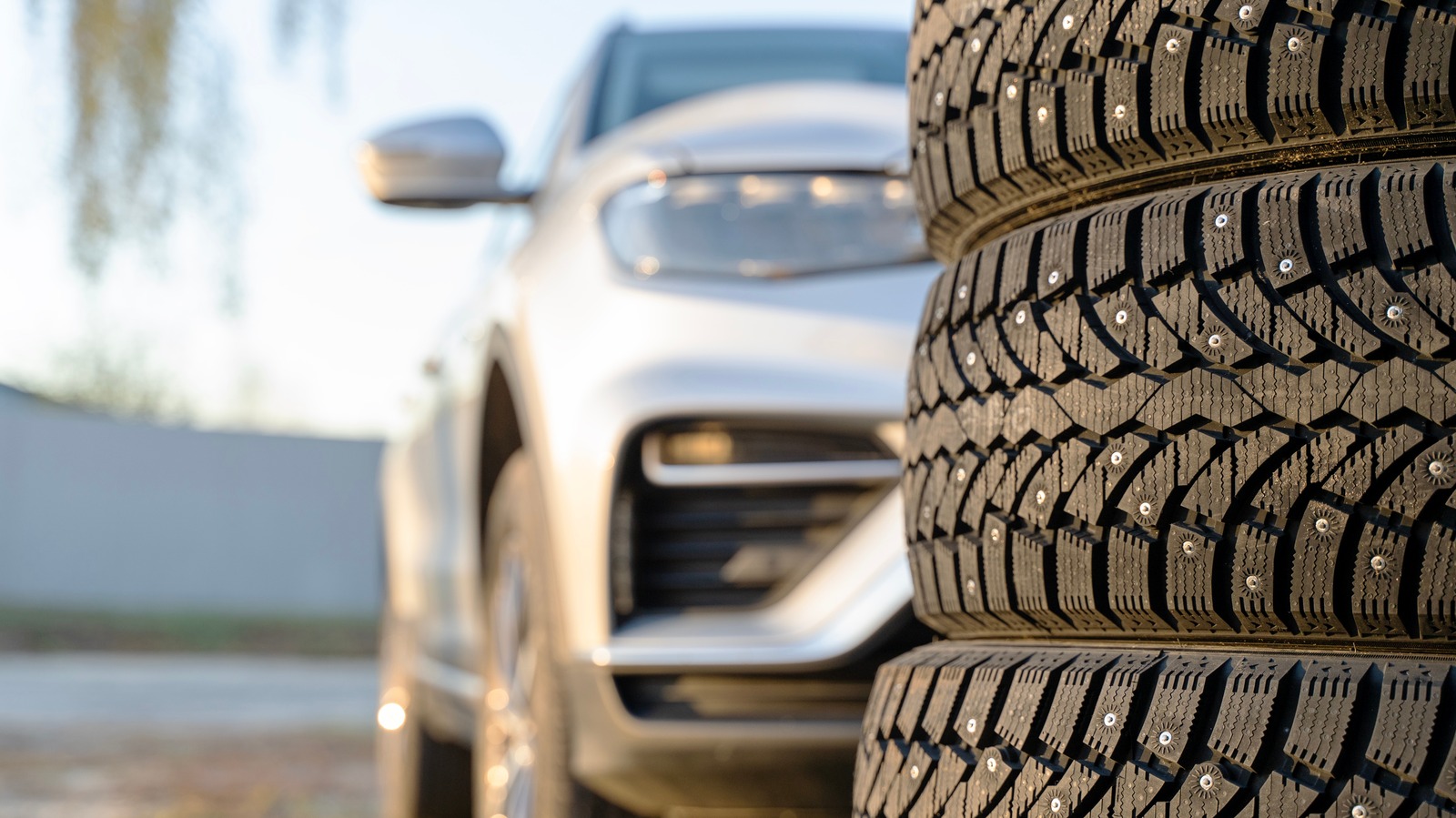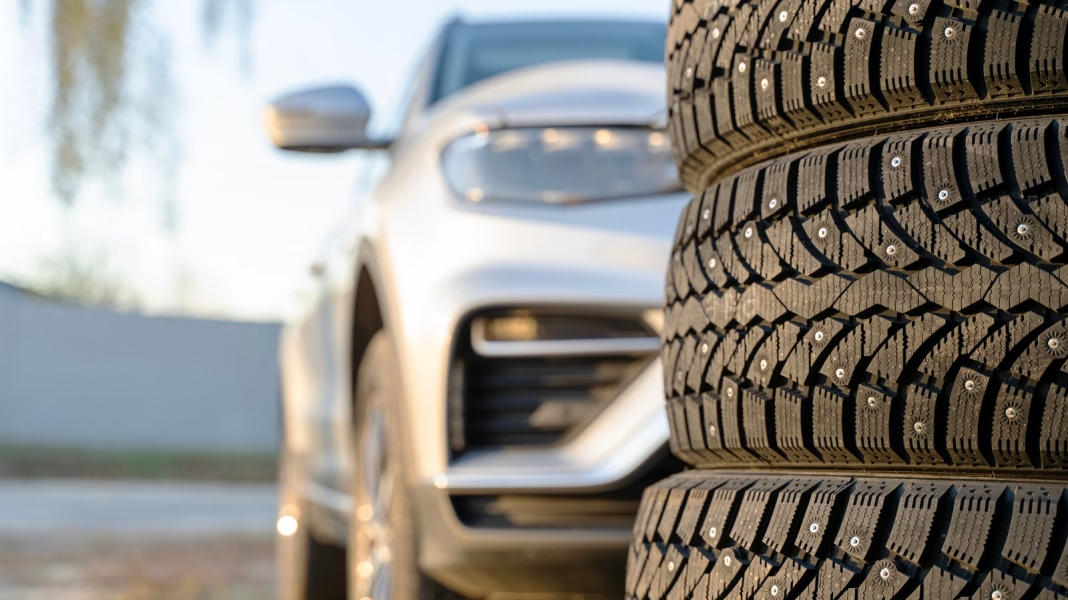Why Do Some Drivers Swear by Studded Tires in Winter?
If you’ve ever driven through a true winter storm, you know the feeling: white-knuckle grip on the wheel, tires scrabbling for purchase, and that little voice in your head wondering if you’ll make it home in one piece. For many drivers in icy climates, studded tires seem like a no-brainer. Those tiny metal studs embedded in the rubber dig into ice, providing a level of grip that regular winter tires just can’t match. It’s not just a marketing claim—multiple studies, including research from the National Research Council, have shown that studded tires can reduce stopping distances on glare ice by as much as 40 percent compared to standard all-season tires.
But here’s the catch: what works wonders on ice can be a menace on bare pavement. The very thing that makes studded tires so effective—those hard, sharp metal bits—also means they chew up roads when the surface isn’t frozen. The result? Pure magic for traction, but a headache for everyone else.
What’s the Real Cost of Using Studded Tires?
Let’s talk dollars and sense. While the upfront cost of studded tires is usually only a bit higher than regular winter tires, the hidden expenses add up fast. State and local governments spend millions each year repairing the damage caused by studded tires. According to the Washington State Department of Transportation, studded tires are responsible for up to $20 million in annual road repair costs in that state alone. The reason is straightforward: as vehicles equipped with studs travel over dry or only lightly frosted roads, the metal digs into the asphalt, carving out ruts and grooves that can make driving hazardous for everyone, not just those with winter tires.
It’s not just about money, either. Damaged roads can increase the risk of hydroplaning during rainstorms, make cycling more dangerous, and even force cities to repave roads more frequently—costs that ultimately get passed on to taxpayers.
Why Are Studded Tires Banned or Restricted in Some States?
Given the damage they cause, it’s no surprise that some states have put their foot down. In fact, as of 2024, several states—including Minnesota, Wisconsin, Illinois, and Florida—have outright banned the use of studded tires on public roads. Others, like Colorado and Pennsylvania, allow them only during specific winter months. The logic is simple: in places where icy roads are rare or where the winter season is short, the costs just don’t justify the benefits.
Some states have gotten creative. Oregon, for example, has considered imposing a fee on drivers who use studded tires, hoping to offset the cost of road repairs. Meanwhile, Alaska—where icy roads are a daily reality for months—still allows them, but even there, officials encourage drivers to consider alternatives like modern studless winter tires, which have improved dramatically in recent years.
Are There Better Alternatives to Studded Tires?
Here’s where things get interesting. Tire technology has come a long way in the past decade. Many of today’s top-rated winter tires use advanced rubber compounds and tread patterns that grip ice and snow almost as well as studs, without tearing up the pavement. Consumer Reports and the Tire Rack both note that some premium studless winter tires now rival studded models for traction in most conditions, especially for city drivers who spend as much time on bare pavement as on ice.
For drivers who live in areas where ice is a constant threat—think rural Maine or the mountain passes of Montana—studded tires might still be the best bet. But for most people, a high-quality studless winter tire offers a smart balance between safety and road preservation.
What Should You Consider Before Buying Studded Tires?
Before you rush out and buy a set, ask yourself a few questions. How often do you actually drive on pure ice? Is your state one of those that restricts or bans studded tires? Are you willing to swap tires twice a year, or pay extra fees if your state imposes them? And, perhaps most importantly, are you prepared for the extra wear and tear on your local roads?
It’s also worth checking with your insurance provider—some companies offer discounts for using winter tires, but may not extend those savings to studded varieties due to the potential for road damage.
The Big Takeaway: Smarter Choices for Safer Roads
Studded tires aren’t about perfection—they’re about smarter adjustments. For some drivers, they’re a winter lifesaver. For others, they’re an unnecessary expense that does more harm than good. Start with one change this week—maybe researching the best winter tire for your area or checking your state’s regulations—and you’ll likely spot the difference by month’s end. Your wallet, your roads, and your peace of mind will thank you.


